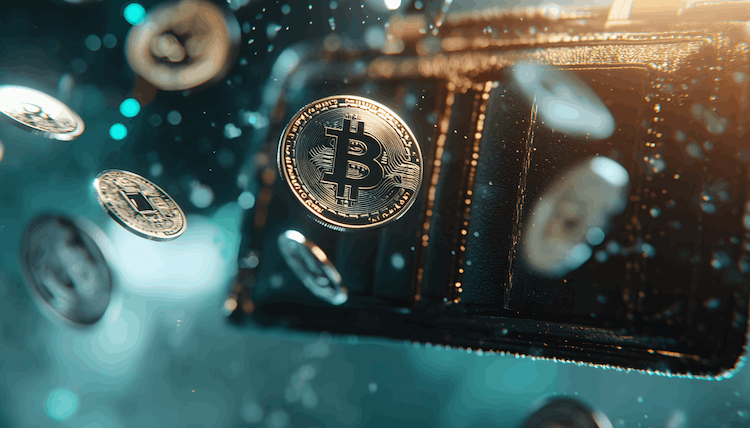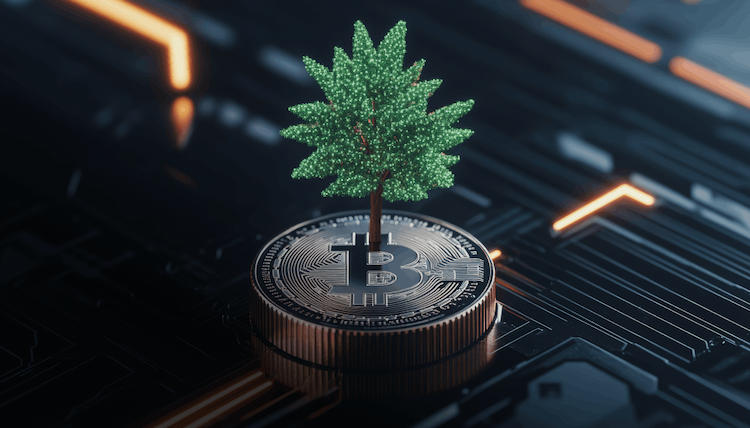
The NFT market, once marked by speculative excess and mainly driven by digital art sales and profile-picture (PFP) collections, has evolved significantly in 2024. With a noticeable decline in trading volumes and overall market interest, this post-hype era signals a maturation of the NFT ecosystem. The focus has shifted toward utility-driven applications, particularly in industries where blockchain technology can solve existing inefficiencies.
Market Correction and the Reality of Speculation
The explosive growth between 2021 and 2022 resulted in a speculative frenzy, driving institutional and retail interest in NFT projects. However, by September 2024, the NFT market saw a contraction of over 21%, reflecting broader crypto market corrections. Prominent collections like CryptoPunks and Bored Ape Yacht Club have experienced trading volume decreases of 30-50%.
While crucial for early market growth, the speculative phase inevitably left many assets overvalued. As the euphoria subsides, the market’s real value lies in the pivot toward more grounded, long-term applications.
NFTs’ Expanding Role in Gaming and the Metaverse
As speculative trading diminishes, utility-driven NFTs are finding strong adoption in sectors like blockchain-based gaming and the metaverse. These digital assets now underpin in-game economies, enabling ownership representation for virtual goods, characters, and even real estate. Games like The Sandbox and Axie Infinity have created robust marketplaces where NFTs are used as assets and vehicles for monetization within their ecosystems.
The metaverse has further amplified the importance of NFTs, allowing users to establish verifiable ownership over digital property and virtual assets. As platforms explore interoperability—allowing NFTs to move across different metaverse ecosystems—users benefit from an expanded, borderless digital economy. This shift from mere digital collectibles to in-game utilities showcases the powerful integration of smart contracts, which automate ownership, trading, and usage without intermediaries.
Intellectual Property and Fractional Ownership
NFTs are also gaining traction in managing intellectual property (IP) rights. Blockchain’s immutability and transparency enable creators to tokenize their work, ensuring verifiable ownership and facilitating direct monetization channels. More importantly, NFTs’ programmability ensures that creators can embed royalty mechanisms into their tokens, allowing them to receive ongoing compensation each time the asset is traded on secondary markets.
Moreover, fractional ownership of high-value NFTs has democratized access to previously exclusive digital assets. By dividing NFTs into smaller, tradable units, investors can own fractions of iconic assets, reducing barriers to entry while enhancing liquidity within the NFT markets. This fractionalization model is proving particularly effective for high-value art and collectibles.

Integration with Traditional Finance: Tokenization of Real-World Assets
A key trend in the post-hype NFT era is the tokenization of real-world assets (RWA), including real estate, commodities, and fine art . Tokenized assets bring previously illiquid markets onto blockchain networks, offering a new paradigm for fractional ownership, liquidity, and cross-border transactions. By representing these physical assets as NFTs, blockchain ensures transparency, reduces friction in transactions, and facilitates a seamless transfer of ownership.
For institutional investors, RWAs provide a pathway to incorporate NFTs into traditional finance (TradFi), particularly for collateralized lending and asset management. This growing intersection of blockchain technology and finance is drawing significant institutional interest, moving NFTs beyond speculative hype into the realm of structured finance .

Challenges: Regulation, Scalability, and Interoperability
Despite the promising shift toward utility, NFTs face several challenges. Regulatory ambiguity remains a significant hurdle, particularly in jurisdictions where blockchain-based assets intersect with securities law. Projects are also contending with blockchain scalability issues. Layer-2 solutions are helping to reduce transaction costs and increase throughput, but the broader NFT infrastructure still requires significant improvements in performance and user experience.
Moreover, interoperability between different blockchain ecosystems remains a technical challenge. While cross-chain bridges enable some level of interaction, the fragmentation of NFT marketplaces and the underlying protocols still limits seamless asset transfer and liquidity across platforms.
Conclusion
The NFT market in 2024 is evolving beyond its speculative origins, transitioning into a phase where utility and sustainable value creation are paramount. From gaming and metaverse applications to intellectual property management and the tokenization of real-world assets, NFTs are finding long-term, meaningful use cases.
This post-hype era represents a critical maturation point for the industry. Real-world value, scalability, and regulatory clarity will determine NFTs' next growth phase and their role in the broader blockchain ecosystem.
To succeed, the industry must continue innovating in technology, governance, and collaboration with traditional financial systems. As the market recalibrates, NFTs will likely cement their place as essential digital assets across multiple industries.



